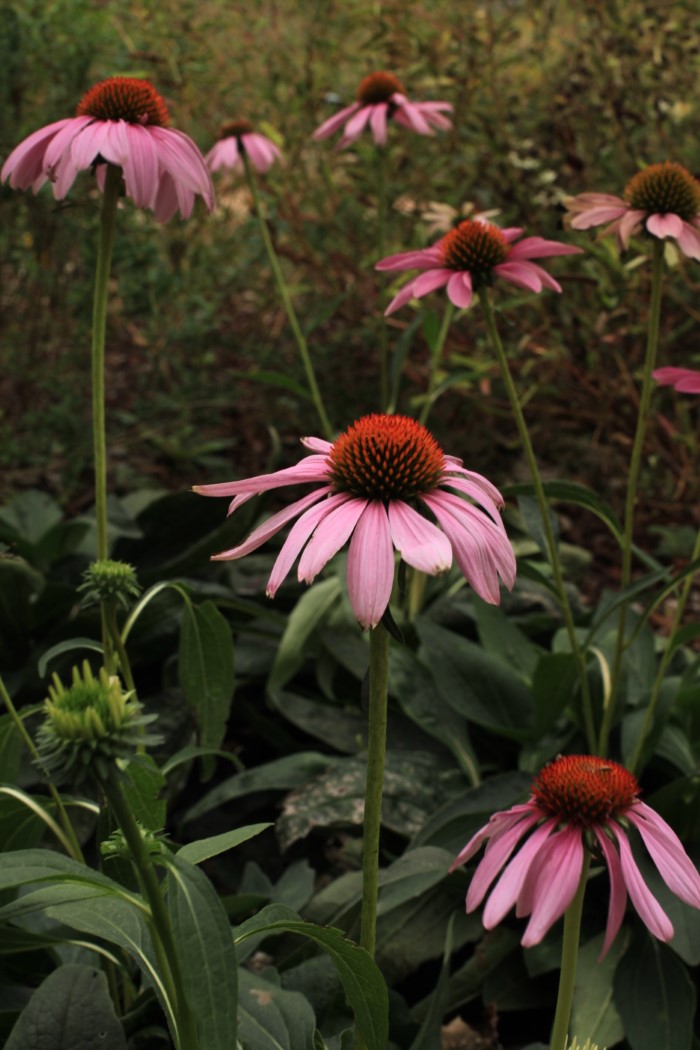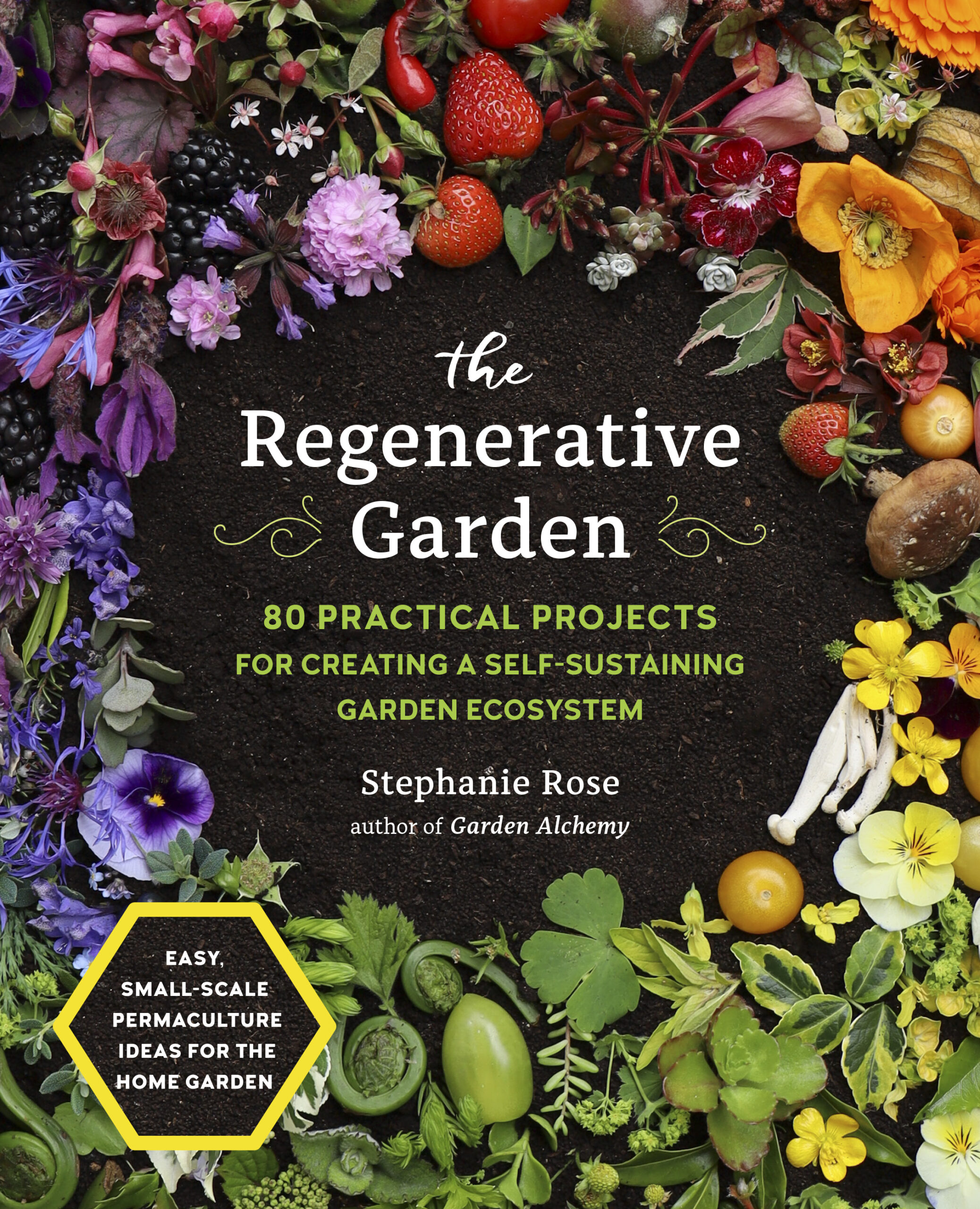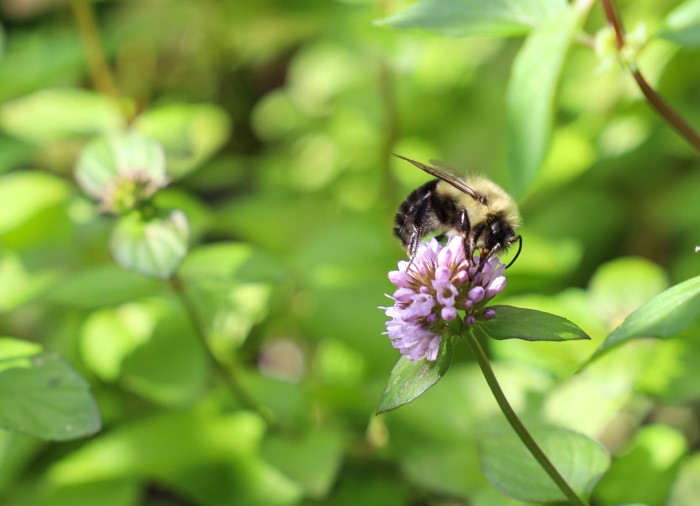This excerpt from the Regenerative Garden by Stephanie Rose, due out March 15, details how to introduce native plants into the garden making it more self-sustaining and healthy for wildlife—one of the 80 projects in the book. Discover the benefits of incorporating native plants below.
There’s a trend in home gardens these days to include native plants. Native plants provide food, shelter, and medicine for native wildlife, and the more we select cultivated plants from our garden centers over native plants, we risk not providing the food and medicine sources that native wildlife need.
There are many benefits to growing native plants that are adapted to grow in our home garden climates. Native plants work together to support the soil and use fewer resources. They often need little supplemental watering or fertilizers, and they provide a source of seeds to populate natural spaces with native species. Native plants also encourage education and stewardship of our ecological heritage.

Now, before you head out with a trowel in hand, it’s important not to remove native plants from wild spaces to plant in your garden. Removing native plants from wild spaces changes the ecology of those wild spaces, and just imagine if every gardener went out to the woods to collect all of their garden plants! It’s better to look for ethical sources of native plants locally and request them to be stocked in garden centers. As more home gardeners request native plants from nurseries, they will be encouraged to increase supply, thus introducing them to many more gardeners along the way.
All of this being said, it doesn’t mean that we need to exclusively plant native plants in our home gardens. There’s plenty of benefit of planting edible crops, flowers, trees, and shrubs that aren’t native to our area but are otherwise well suited to the climate. These plants allow us to have a wider variety of food and medicines available to us in our home gardens, plus gorgeous ornamentals, and useful plants that we can make into tools, rope, or structures such as trellises. A good start is to reserve a third of your home garden for native plants. The percentage you choose to dedicate can be based on many factors, but don’t worry about the number and just start with something. The more you learn and create a demand for them, the more we can encourage native plants as beautiful, fruitful, and historically rich garden plants.

Published with express permission from Cool Springs Press. Read more gardening stories.









